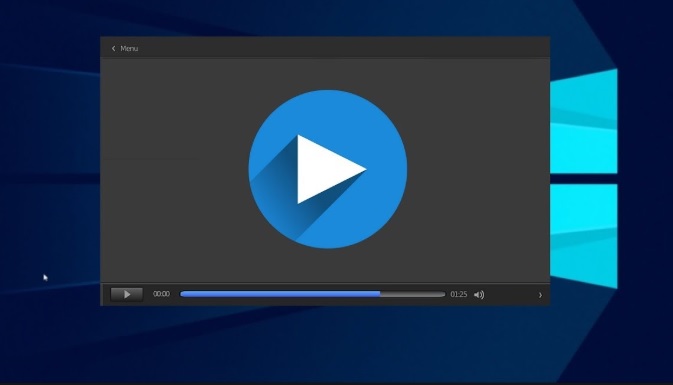
There’s quite a significant number of video players available for Windows. While a large number of people may be happy with the one that’s pre-installed on their device, others might not be. This has meant that many of them are trying to find the best media players for Windows.
While this may seem as though it would be an easy choice, the volume of options could make it difficult. Alongside this is that there’s an increasingly large number of media formats. This could mean that some options might not be able to read a variety of them.
However, some do, which could make many of them recommended. Despite this, there could be a variety of other features that you might want with your Windows media player. Some of the more prominent of these are that it’s simple to use and relatively intuitive.
This could mean the decision might be more complicated than some people may have realized. However, this doesn’t mean that there aren’t a few specific media players for Windows that you should consider. There are a few that are quite high-quality.
VLC
VLC has been one of the more well-known media players for Windows for quite a significant amount of time. However, many people may wonder how it’s stayed so popular for so long. There is quite a large range of reasons for this, with some of the more notable focusing on the features that it offers.
Prominent among these is that it can stream from a variety of sources, including IPTV providers, among several others. Throughout VLC’s history, it’s become known as the ‘play everything’ media player, as it supports the majority of file formats that you’ll come across. This should mean that there’ll be no problems with playing any video or audio.
However, this does have the drawback of requiring relatively frequent updates. While many people may see this as a negative, it should mean that you can take advantage of new features and upgrades quite often. As such, there’s almost no possibility of the media player becoming obsolete anytime soon.
PotPlayer
PotPlayer has become increasingly attractive over the past few years, with this mainly being due to the various features that have been implemented in it. As a result, it’s one of the relatively few media players that can give VLC a run for its money in the features department.
A lot of this can be seen in how customizable the media player is, with this allowing you to change almost anything you want. It’s also one of the more lightweight options available, so it shouldn’t take up too much space on your hard drive.
One of the other areas where this outperforms many of its competitors is its sound quality. There’s somewhat of a large difference between this and some alternatives, with audio sounding much better with PotPlayer than many other options.
Kodi
Kodi is one of the much more customizable media players for Windows that you’ll be able to choose from. As such, it may be quite a user-friendly option, especially once you’ve changed around various settings.
Coupled with this is somewhat of an association with gaming consoles, as it was initially called Xbox Media Center when the first generation of the Xbox was released. This should mean that it’s a relatively powerful media player that’s been upgraded and tweaked over the past few years.
Alongside this, there’s a wealth of plug-ins available to add to Kodi. This should mean that you can use Netflix, YouTube, Veoh, and much more through the media player. This could make it one of the more versatile options that you can choose from.
KMPlayer
While being slightly less known than some of the other options, KMPlayer has become quite an attractive choice for many Windows users. This is especially true for Windows 10, as the media player has a built-in codex for the system, so you wouldn’t need to install one externally.
However, this is an option you could take advantage of with many other operating systems. As such, you should be able to play files in quite a large variety of formats and definitions, such as 3D, 4K, and more. Alongside this, it’s quite customizable, which should help to make it more appealing.
KMPlayer supports most file formats, so there shouldn’t be much of any issue playing any files. You should also be able to take advantage of different video and audio effects so that you can play around with your files anytime you want to.
Plex
Plex has been around for a significant amount of time, although this hasn’t meant that it’s always been an effective option. However, this changed in 2015 when the Plex Home Theater was replaced with the Plex Media Player.
This proved to be quite a substantial improvement, with the change bringing a variety of new features and advantages to the media player. Much of this can be seen through the enhanced usability, overall better design, and extra functions that are included with Plex.
Alongside this, the majority of media formats are supported, so you shouldn’t have any issues playing anything. Coupled with this is that media management is much easier than before, especially when compared to many of its alternatives.
There’s also an easy-share feature, which means that you’ll be able to pick and choose which content you share with your family.
Conclusion
There’s a large variety of media players for Windows that you can choose from. However, this doesn’t mean that they’re all as high-quality as you might expect. Instead, some are much better recommended than some of their alternatives.
All of the above have various features and benefits, each of which helps to make them some of the more suggested. Despite this, they could also have a few drawbacks, which you should want to pay attention to. While these could be relatively minor, they may still have a drastic impact on your decision.
As such, it could take a little while to decide which media player for Windows is right for you. However, any of the above could be an effective choice.

